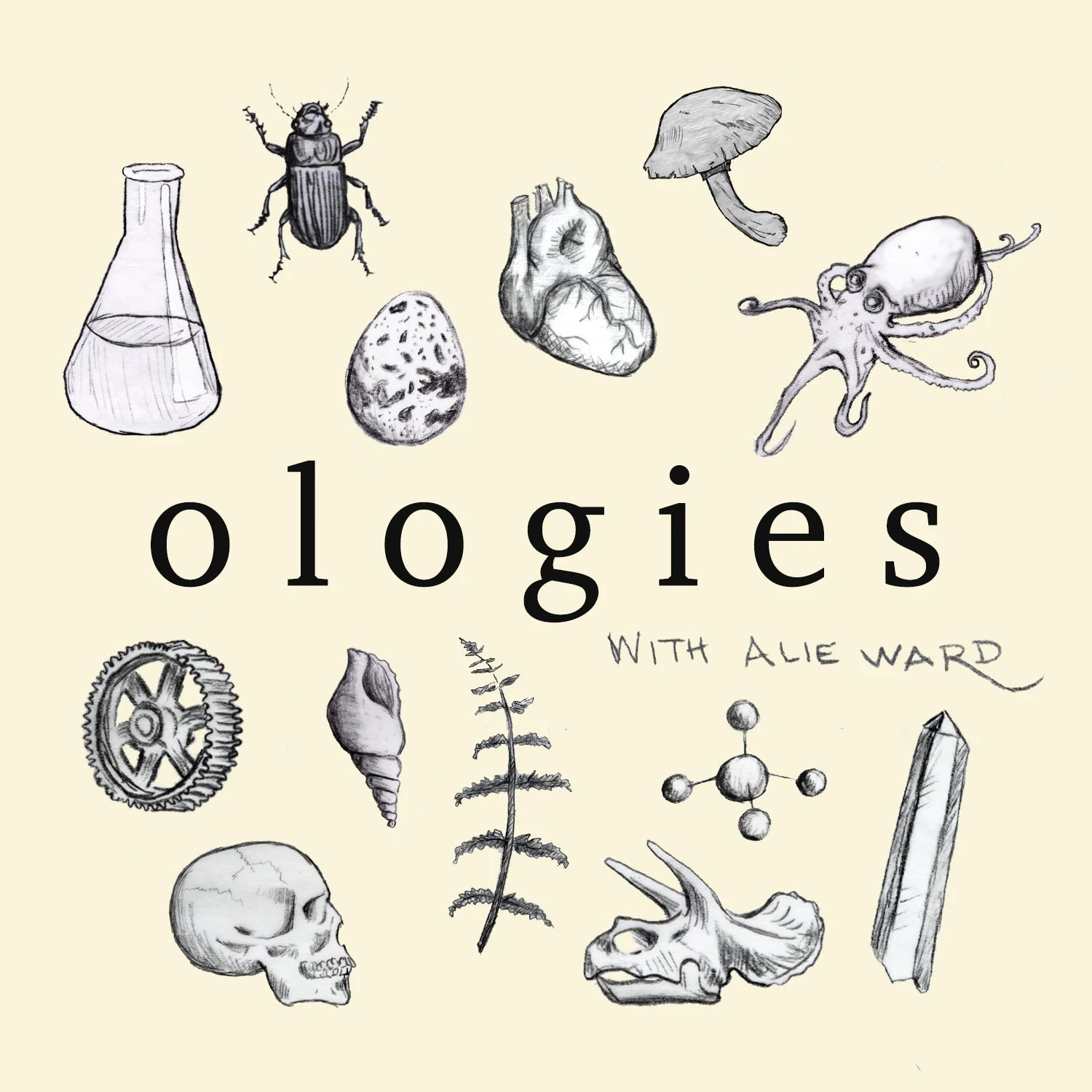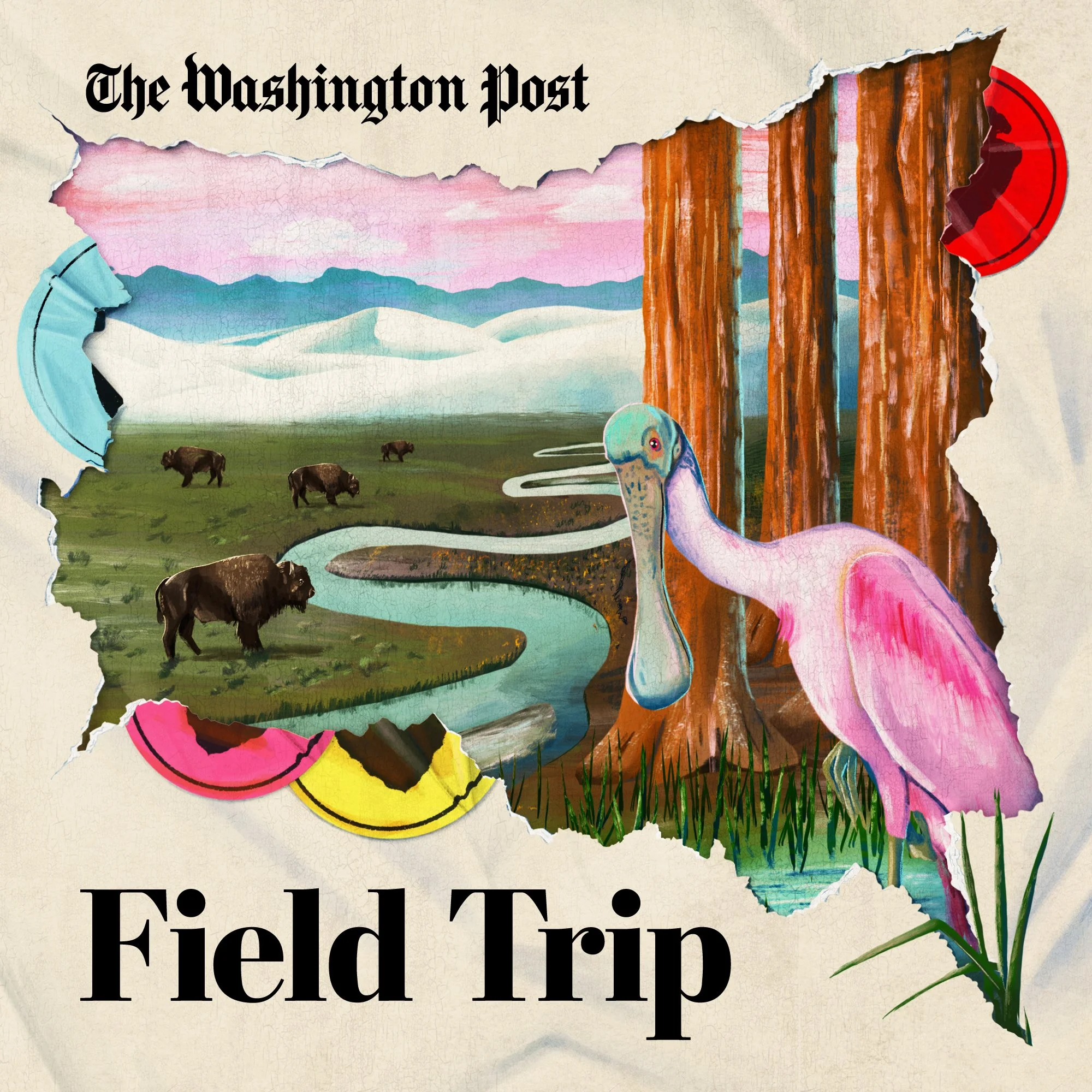Lessons in Flames: The Science and History of California Wildfires
It’s August in California, and fire is on our minds. While a wet winter may have delayed the 2023 fire season, some believe it could worsen the blazes in certain areas. And with eight of the ten biggest fires in California’s recorded history having occurred since 2017 - many people are on high alert. But let’s take a step back and learn about the history of fire in California, fire ecology, and how we can create a healthier future for our forests.
The Reality of Wildfires in California
California's diverse ecosystems, from lush forests to arid grasslands, are vulnerable to wildfires due to a combination of factors like prolonged droughts, extreme heat, and human activities. Each year, these fires challenge our resilience and underscore the importance of understanding their behavior and impact.
The Role of Fire in Nature's Cycle
At the same time, fire is an integral part of California's ecosystems, shaping the landscape and influencing plant and animal communities. Indigenous communities have been stewarding healthy forests for centuries practicing cultural burns and prescribed blazes. Fire ecology teaches us that certain native species have adapted to thrive in fire-prone environments, and some seeds even rely on fire to break dormancy and germinate.
Check out these podcasts to learn more:
“First, Dr. Gavin Jones brings the heat, talking about what fire is, how hot it burns, fire trends, tinderboxes, lots and lots of forest fire flim-flam, tolerant wombats, Angelina Jolie movies, cunning pine cones, thick bark, Indigenous fire stewardship and more.
Then join co-host of the podcast Good Fire, Dr. Amy Christianson, to learn about how cultural burns and prescribed blazes can create healthy forests.
She also discusses Indigenous history, collaborations between Western science & First Nations elders, Aboriginal thoughts on cultural burns, more flim-flam, evacuations, snowmelt, hunting strategies, land stewardship, happy trees, climate strategies, and the social science behind wildfire education. Also, learning from Native wildfire fighters." - Alie Ward
"California’s Sierra Nevada is home to a very special kind of tree, found nowhere else on Earth: the giant sequoia. For thousands of years, these towering trees withstood the trials of the world around them, including wildfire.
Low-intensity fires frequently swept through groves of sequoias, leaving their cinnamon-red bark scarred but strengthened and opening their cones to allow new seeds to take root.
But in the era of catastrophic wildfires fueled by climate change, these ancient trees are now in jeopardy. And Yosemite National Park is on the front lines of the fight to protect them.
We’ll hear from Yosemite forest ecologist Garrett Dickman on the extreme measures he’s taken to protect iconic trees, from members of the Southern Sierra Miwuk working to restore Native fire practices to the park; and from Yosemite superintendent Cicely Muldoon about the tough choices it takes to manage a place like this." - Lillian Cunningham



